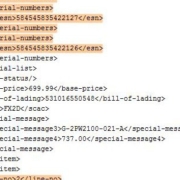MUnit is a Mule Application Testing Framework that allows you to easily build automated tests for your Integration and APIs. It provides a full suite of integration and unit test capabilities, and it is fully integrated with Maven.
MUnit is fully integrated with Anypoint Studio and allows you to create, design, and test your MUnit tests just like you would Mule Applications.











